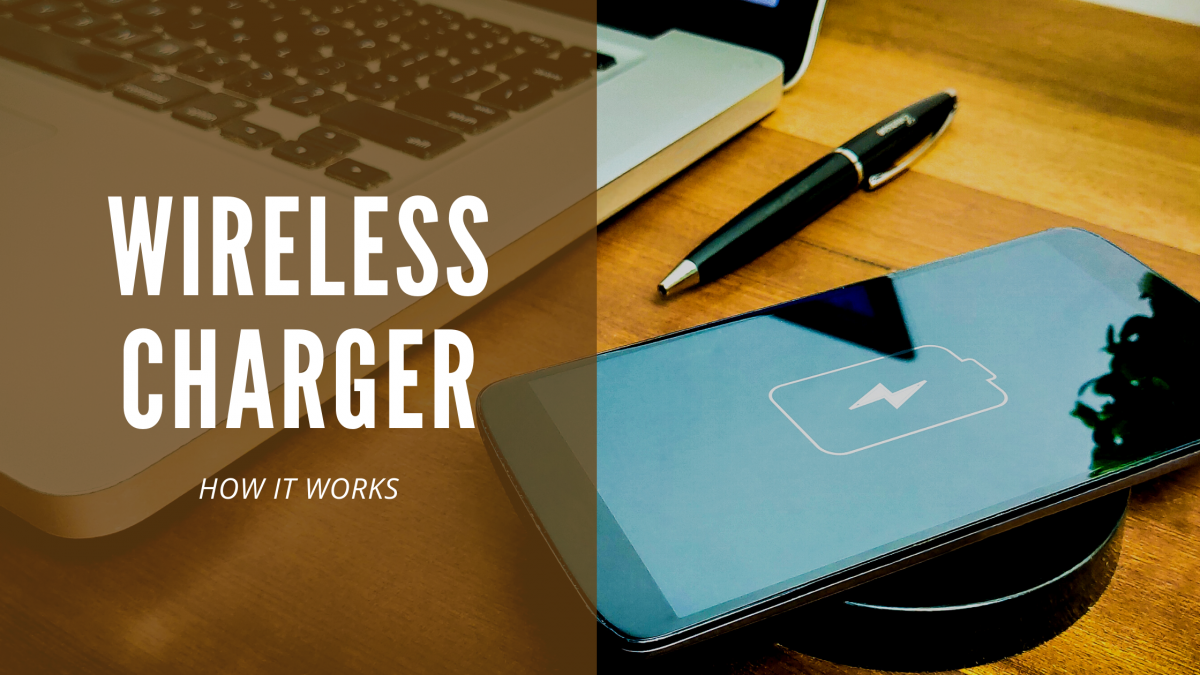In the past few years, mobile phones and other portable devices have started to include wireless charging technology to its features. With its increased popularity and only recent developments, it’s hard to believe that the technology for wireless chargers has actually been around since the late nineteenth century.
History of wireless charging
In 1831, Michael Faraday demonstrated how electricity may be transported between two places. However, it wasn’t until Nikola Tesla invented the Tesla coil that this idea was revolutionized and brought to reality. Tesla wished to be able to supply energy without the use of wires. This was unheard of at the time because of the focus on direct-current energy. Eventually, through the Tesla coil, a method of transferring electricity over small distances was discovered. However, these coils generate alternating-current energy at a high frequency. This makes it almost impossible to direct the energy released to where it is required. Because of this, it has very little practical value in today’s world.
Developments to wireless charging
The science behind Nikola Tesla’s Tesla coil was a catalyst to the wireless features we enjoy, radios, wireless routers, consoles, and more. Developments were hampered due to preference and stubbornness to stick to direct-current transmission of energy. It’s because of this that Tesla didn’t live to see his dream of over-the-air energy transmission. Take uBeam for example, they’re studying how the power of ultrasound can be used to safely charge across large distances. Even Disney has a “wireless charging room” that provides a constant power to up to ten devices in the room. Of course, as long as the device supports wireless charging.
How does it work?
Wireless chargers generate a magnetic field that your phone, watch, or other electronic device can absorb in order to acquire energy from the charger. The charger still needs to be plugged into a direct-current energy source to work. When a magnetic field is present, it captures and harvests energy through a small coil, which is often housed within the device, and uses it to charge the battery. Most affordable wireless chargers are short-distance chargers, with the phone still needing to be placed on top of the charger itself to work.


